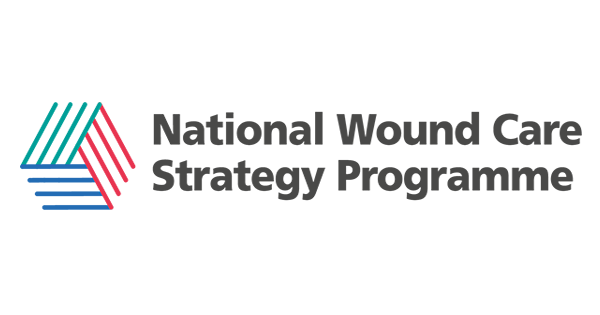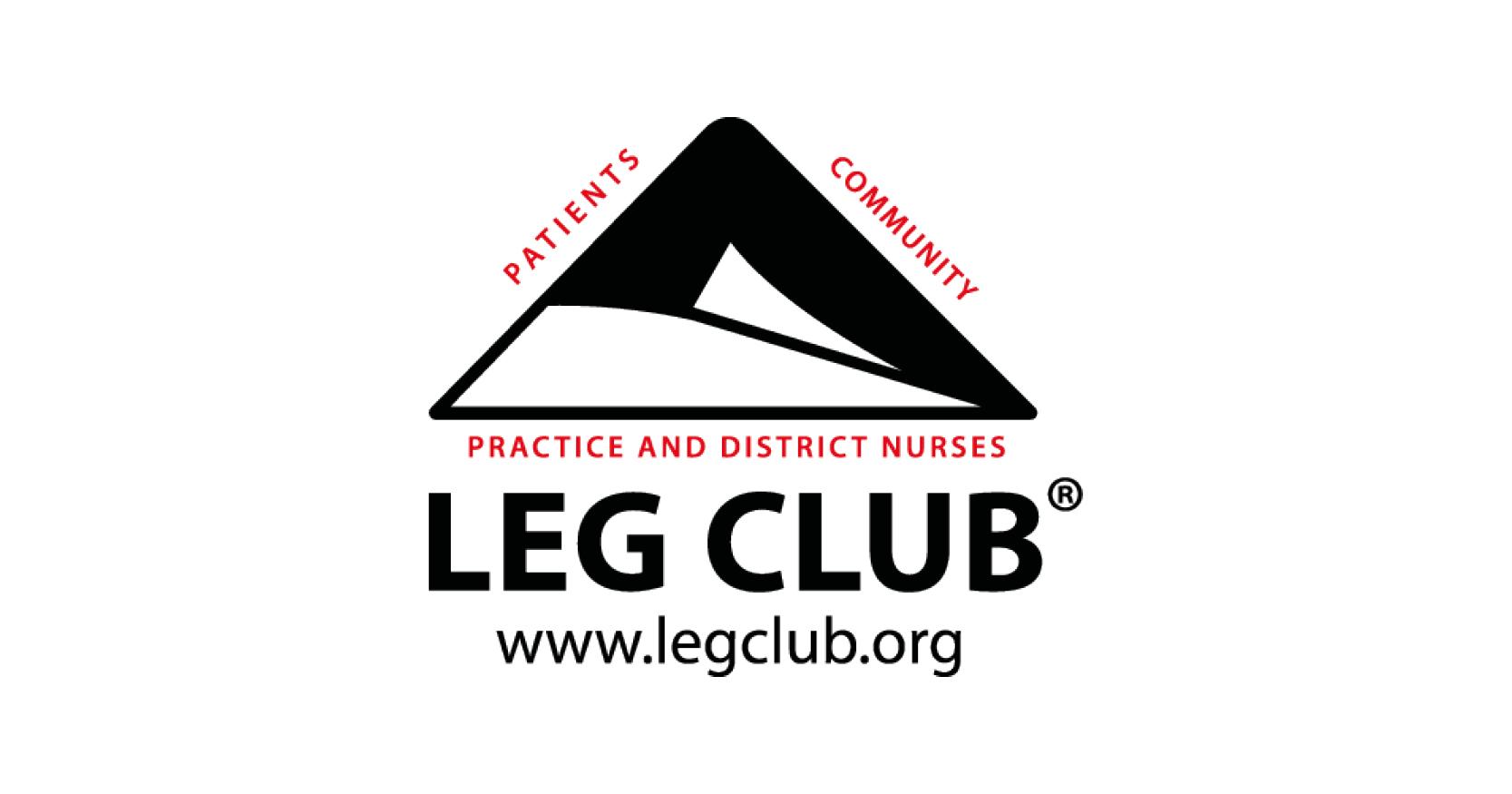In 2020, Guest et al identified that the NHS managed an estimated 3.8 million patients with a wound in 2017/18. This equates to a 71% increase in the annual prevalence of wounds between 2012/13 and 2017/18. Guest and colleagues (2015) had previously identified the need to reduce unwarranted variation in the assessment and treatment of wounds across the patient pathway. This data was to be the underpinning of the Leading Change, Adding Value Nursing and Midwifery framework (2016) and subsequently the National Wound Care Strategy Programme (NWCSP, 2020) for England.
Adderley et al (2017) state that a key factor in reducing unwarranted variation in the assessment and treatment of wounds is the implementation of patient focused wound care initiatives through clinical pathways. This may require integrated care with a number of different stakeholders to overcome traditional barriers to change across the healthcare economy. For clinical pathways to be effective, professional development is required. This ensures that the healthcare professionals providing wound interventions have relevant and up-to-date evidence-based knowledge to deliver the care effectively, in a timely manner and in the right place (NHS RightCare Scenario, 2017). Nurses in the UK are required to engage in continuous learning in order to maintain competence as a means of keeping their license with their professional body (Griffith and Tengnah 2020).
It can be suggested that enabling organisations to work together and respect different perspectives empowers and assists stakeholders to work effectively to address current challenges, to help improve patient outcomes. In 2018, The Skin Integrity Team (SIT) at Doncaster and Bassetlaw Teaching Hospitals NHS Foundation Trust (DBTH) began to work collaboratively with stakeholders to reduce unwarranted variation in the assessment and treatment of wounds, by implementing consistent patient-focused wound care initiatives to achieve higher quality care and improve outcomes for patients (Figure 1).
Understanding the problem
In 2018, SIT held discussions with Doncaster Clinical Commissioning Group (CCG) (now part of the South Yorkshire Integrated Care Board) about changing how wound care interventions were delivered due to a number of factors:
- An outpatient clinic they were managing was providing wound care interventions for patients that would benefit from having care delivered in a different environment, such as their own home or in their local area with their GP, rather than travelling and being reviewed in a secondary care environment
- The published Guest et al study (2020)
- The Leading Change, Adding Value Nursing and Midwifery framework (2016).
Understanding the current position and root cause
Services were mapped and demand modelled, to allow discussion around gaps and variations across the patients’ potential wound care journey. It was identified that the wound care services were all managed separately in relation to leadership, management, finances, education, policy adherence and communication. Several barriers were identified through discussion that contributed:
- No agreement of which organisations provided wound care interventions, and at what level. This included GPs all delivering a different service, with some not offering any wound care interventions at all
- No clear leadership and management or agreed funding/commissioning that had the oversight of all the wound care services
- No consistency in the wound care interventions provided, education provision or communication and route of referrals.
- It was recognised that further discussions and planning was needed to include multiple wound care services in Doncaster (Table 1). We identified and agreed to embark on a quality improvement journey to develop an integrated model for wound care that would be co-produced, with the aim of streamlining the patients potential wound care journey across acute, community and primary care. All the stakeholders came together to form the Doncaster Wound Care Alliance (WCA), with several members seen in Figure 2.
Planning and design
Plans were put in place to gain an engaged and integrated, supported model of working, underpinned by shared clarity to enable a more consistent and equitable approach to wound care across providers. The plans included agreement on:
- Management and leadership of the alliance and processes
- Finance and commissioning
- Education provision
- Policy adherence
- Communication.
Management and leadership of the alliance
The Doncaster WCA identified that system leadership was required to ensure patients living with a wound had access to appropriate services. It was agreed that the overarching management would be undertaken by the contractors and commissioners, therefore joint management between Doncaster CCG and Primary Care Doncaster (PCD) was started, with allocated management and leadership for specific aspects of the Doncaster WCA:
- Skin Integrity Team (SIT): Education development and implementation/Tier 4 services for patients with a DBTH consultant/Clinical pathway and formulary development
- Tissue Viability and Lymphoedema Service (TVALS): Wound Care hub’s/Tier 4 services for patients without a DBTH consultant
- Rotherham Doncaster and South Humber Trust (RDaSH): District Nurses provisions
- Fylde Coast Medical Service (FCMS): Out of hours and urgent care needs/Wound Care HUB’s
- South Yorkshire Integrated Care Board, Doncaster Place Medicines Optimisation Team: formulary approval and monitoring.
A partnership working clinical discussion took place monthly (as a minimum) between the leads of each of these elements to review the progress, concerns and issues to help overcome barriers or unblock problems.
Management of the process
It was agreed to provide wound care interventions and services based on tiers, so that education and funding could be cross referenced. A four-tiered system model (Table 2) for wound care intervention was developed, based on the complexity of the patient and their wounds, and included a support structure from specialist services:
- Tier 1: acute healing wounds, with healthy granulation/epithelial tissue
- Tier 2: chronic healing wounds, with 50% or more healthy granulation/epithelial tissue
- Tier 3: non-healing wounds, with 50% or more devitalised/slough/necrotic tissue, (support and input from a specialist wound care service involvement
- Tier 4: non-healing wounds, with 50% or more devitalised/slough/necrotic tissue, managed by a specialist service only due to additional competencies being required e.g. undertaken sharp debridement, assessment and management of palliative or cancer related lymphoedema.
Engagement sessions were held with GP managers to enrol for the tiers they would by able to provide. Some opted for tier 1 only, some opted for tiers 1, 2 and 3 while the majority opted for tiers 1 and 2. For patients registered with GPs that did not provide the required tier, referral is made to a Doncaster WCA Hub, managed by TVALS and FCMS, to ensure they were managed by a healthcare professional with the right level of knowledge and skill, while the provider was receiving the appropriate funding.
Finance
The over arching financial contract was managed by the Doncaster CCG, in partnership with Primary Care Doncaster (PCD) on a service level agreement and tariff pricing based on the tier of wound care intervention required in GP and hubs.
Education
In 2019, to identify the current level of wound care related knowledge and skills across Doncaster, SIT and TVALS held an education and wound care intervention scoping event for Practice Nurses and Healthcare Assistants providing wound care interventions. The GP practices in Doncaster were chosen due to the previously identified barriers with vast variation in the wound care interventions offered. The current knowledge was assessed through a knowledge test that was based on current local recommendations from DBTH and RDaSH (Figure 3). The event focused on aseptic non-touch technique, removal of sutures and clips, and wound cleansing. On average, 52% of answers were correct. Evidence-based education was provided and knowledge was reassessed, resulting in an increase in knowledge from 52% to 85%. From this, SIT developed and implemented a universally structured 16 module education programme (Table 3) reflecting the tiered service to provide a consistent and cohesive approach to wound care education, knowledge and skills in the aim to reduce unwarranted variations in wound assessment and treatment.
Policy adherence
Multiple clinical pathways were developed relating to wound assessment and diagnosis, wound treatment and management and onward referrals. They were based on relevant evidence-based practice from best practice statements, National Institute for Health and Care Excellence (NICE)guidance and the National Wound Care Strategy programme (NWCSP) recommendations. It was ensured that they were relevant to each stage of the patient’s wound care journey. A joint wound care formulary was then developed that aligned with the education provision and clinical pathways.
Communication
Communication between teams, partially in relation to patient referrals on discharge from DBTH was identified as lacking in relevant information and was often not sent in a timely or secure way. For example, discharge communications were sent via handwritten forms that had no prompts for the wound care information. Therefore, it was identified that the development of electronic referral forms that include sections for all the required information were needed.
Results
Through having regular Doncaster WCA meetings issues have been escalated promptly and changes have been made. For example:
- Supporting capacity due to sickness or annual leave
- Addressed health inequalities by working with other agencies and organisations, for example enabling the development of a pathway for patients with a wound who are also under the care of the Complex Lives team (Local to Doncaster, under Aspire Drug and Alcohol Services, and has a cycle of rough sleeping/no fixed abode, no GP or non-compliant with GP appointments, substance misuse and/or offending behaviour) (Figure 4)
- Training package expanded to include Healthcare Assistants providing some interventions in tier 3.
This demonstrates the stakeholder’s commitment to continuous improvement, thereby suggesting there is now a culture of mutual aid instead of a fragmented service that was seen in 2018/2019.
From 2019 to 2022, over 2900 training contacts have been achieved, increasing the overall knowledge of Practice Nurses and Healthcare Assistants in the 16 modules from 69% to 96%. The feedback was:
- 89% found the education modules useful with engaged knowledgeable facilitators
- 88% found the clinical pathways included in the education assisted them with providing appropriate care to the patient
- 94% have seen benefits to them as a professional following the creation of the Doncaster WCA
- 88% have seen benefits to patient’s clinical outcome following the creation of the Doncaster WCA.
The tired service went live in 2020, after the education provisions was started. Since then SIT Complex Wound Clinic (Tier 3 and 4 for patients with an active DBTH consultant) has had:
- An increase in new but appropriate referrals by 16%
- A reduction in unnecessary follow-up (now shared with GP/hub tier 3) by 32%
- An overall reduction in unnecessary activity by 28%
The formulary and accompanying clinical pathways have been in used across the Doncaster WCA since 2021. An example of one of the pathways can be seen in Figure 5. Electronic referral forms have been developed and implemented from secondary care into the community, they are sent directly to the service email address or the GP via Accumail, thereby offering some assurance that the information has been received by the provider.
Conclusion
The new Doncaster WCA works in a fully integrated way across health and social care providers to ensure multidisciplinary team working, a patient-centred approach and continuity of care, with the aim of reducing unwarranted variations in wound care. The development of a tiered service model based on the complexity, diagnosis and patient need has enabled a responsive patient centred service that provides specialist advice and care provisions. Consistent, evidence and competency-based education for professional development is delivered with the aim of supporting high quality and safe care. Agreed structured communications, clinical pathways and a consistent formulary have been introduced to offer reassurance that clinical practice and guideline recommendations are being implemented, which is starting to reduce unwarranted variation. However further data collection and analysis is ongoing to quantify the impact and provide assurance on the impact of the Doncaster WCA in reducing unwarranted variations in wound care across Doncaster. This will be published at a later date






